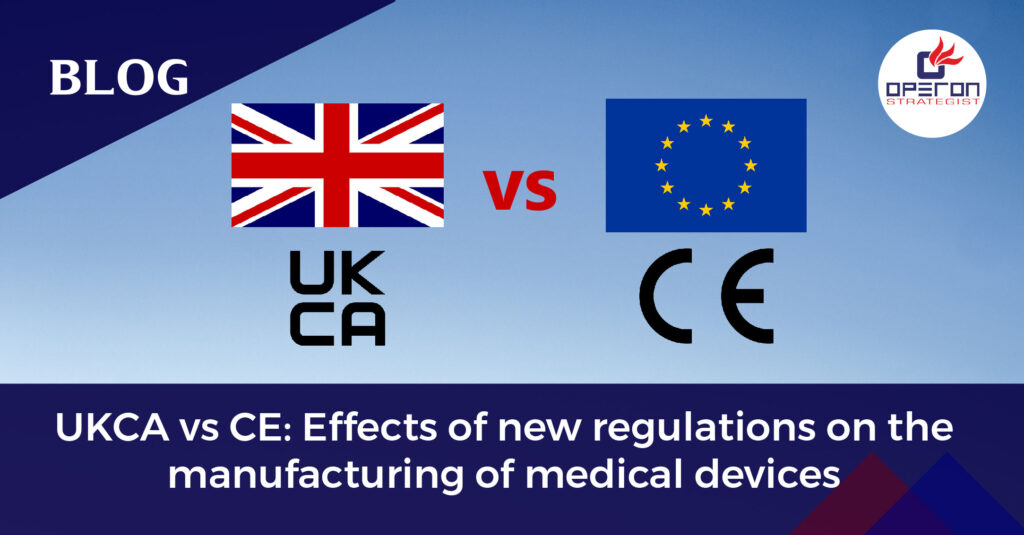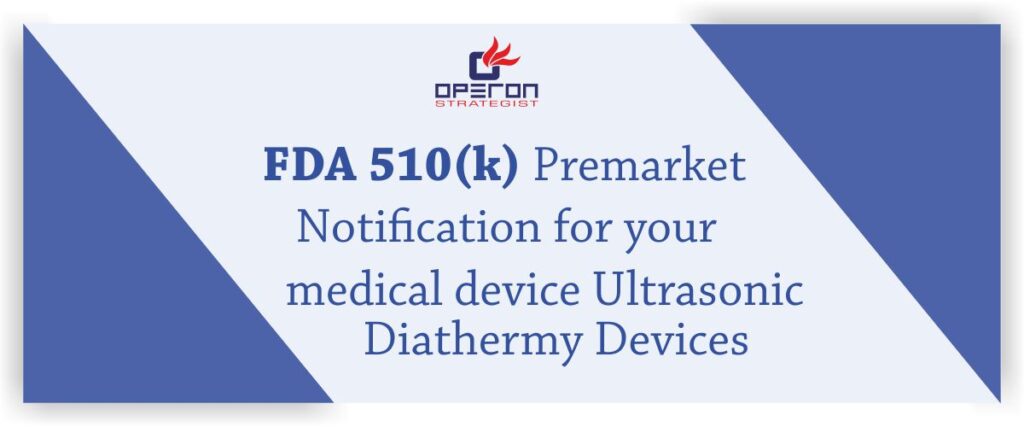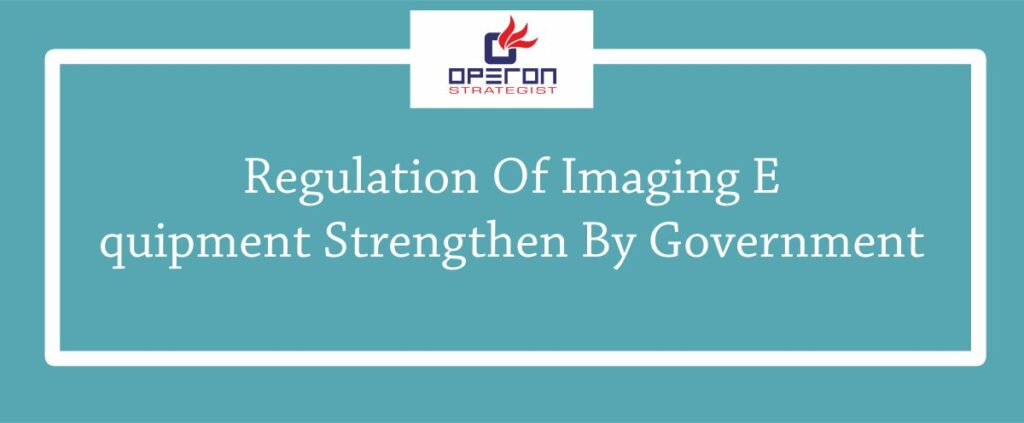So, after Brexit, both the United Kingdom and the European Union came up with their conformity marking certificates. The United Kingdom opted for United Kingdom Conformity Assessed, whereas the European Union came up with Conformité Européenne, the French word for European conformity. The CE mark applies to all the 27 member states of the European Union, whereas UKCA applies to Great Britain (England, Scotland, and Wales). Manufacturers need to understand UKCA vs CE marking differences.
UKCA vs CE Marking:
- CE marking is a type of self-declaration in which an organization or manufacturer declares their conformity with the Medical Device rules and regulations in the European Union. It states that the medical device complies with the rules and regulations of the EU and is safe to use. In the same way, UKCA proves that UKCA-certified devices comply with the UK’s new MDR regulations followed for medical device registration and are safe to use.
- The requirements incorporated in UKCA’s new MDR regulations are more or less similar to the MDR followed by the EU. The format of the UKCA is almost similar to the CE, with a slight difference. Products that comply with the EU-MDR will be able to comply with the UKCA-MDR as well. UKCA vs CE both have an administrative nature and require technical documentation to prove their quality, safety, and efficacy. The only difference between UKCA vs CE is that UKCA, as per their new MDR, requires a third party to undergo the evaluation, whereas the manufacturer can do CE marking as per the EU-MDR.
What New Regulations for UKCA vs CE Marking Affected the Manufacturing of Medical Devices:
- After Brexit, the manufacturers are in a dilemma regarding how they can sell their devices in both the UK and the EU, how they can obtain UKCA making, and how it will affect them in the future.
- The UKCA is simpler than the CE mark as CE marking requires many documents, which makes it more expensive, needs extra attention and inspection, and is very time-consuming. The material of CE marking is very brief, needs attention to details, has over 1000s of pages, and is thus more prone to mistakes due to extensive EU-MDR followed.
- However, as UKCA applies to only Great Britain or the British market, and if the manufacturer goes a few extra miles and gets CE marking as well, they are eligible to sell their devices to both GB and EU markets. Since GB will recognize CE marking till 30 June 2023 in the Great Britain market, the manufacturers still have a few months to get their UKCA certificate as per the new MDR regulations if they still haven’t gotten it.
- Since 1 January 2021, there are lots of changes have been introduced by the regulatory body of Great Britain for medical devices as per new MDR regulations to be placed in the market of GB England, Wales, and Scotland).
- A new route was introduced for the manufacturers to obtain the UKCA marking as per the new MDR regulations who want to place their medical devices in the GB market.
- Manufacturers must register all medical devices with the MHRA before they are placed on the market of GB.
- The manufacturers who are based out of the UK and still want to sell their devices in the Great Britain market need to appoint a single UK-responsible person (UKRP) who will be the point of contact and will act on behalf of the manufacturer to carry out the specified tasks, such as obtaining a license.
- Now since UK-notified bodies will not be able to certify the CE certificates and vice versa, manufacturers have to go to respective notified bodies of the country of their certificates.
Critical Considerations for Manufacturers are:
Legislations and Directives in the UK
– After Brexit, there were changes in the legislation and directives; new MDR regulations were introduced, especially for UKCA, which manufacturers now need to follow:
- Directive 90/385/EEC for active implantable medical devices (EU AIMDD)
- Directive 93/42/EEC for medical devices (EU MDD)
- Directive 98/79/EC for in-vitro diagnostic medical devices (EU IVDD)
Marking and Labelling
– From 1 July 2023, CE marking will not be acceptable in the UK market; instead, the medical device with UKCA will be acceptable. That means only medical devices with CE and UKCA certificates will be allowed to sell and distributed on EU and UK markets, respectively, since now the UK will follow the new MDR regulations, and the EU will continue with EU-MDR.
Product placing:
If the manufacturer wants to sell their medical device in the UK market, they need to approach the UK-notified body. If they want to sell their device in the EU market, they must go for self-evaluation or through the EU-notified body.
Conclusion:
The upcoming months will be very hectic for the manufacturers who want to sell their medical devices in both markets, i.e., in the EU and UK, since now the manufacturers need both CE and UKCA certificates for respective markets. Thus, the manufacturers should thoroughly understand the requirements, especially for the UKCA, since it is new, and soon the CE-certified medical device will be discontinued in the GB market. It is advisable for Manufacturers should keep with the UKCA vs CE marking and the latest changes in the EU-MDR and UK-MDR to avoid any hassle for their business continuity.
As a medical device consultant provide end-to-end assistance for UKCA and CE mark certification device manufacturers.

-
Operon Strategisthttps://operonstrategist.com/author/snehal/
-
Operon Strategisthttps://operonstrategist.com/author/snehal/
-
Operon Strategisthttps://operonstrategist.com/author/snehal/
-
Operon Strategisthttps://operonstrategist.com/author/snehal/




